Chloe Vince, Science Museum Volunteer, tells the dramatic story of the laying of the first transatlantic cable, one of the highlights of our Information Age gallery.
If you needed to send a message to North America, you wouldn’t think twice about drafting an e-mail, hitting ‘send’ and your message arriving in the recipient’s inbox almost instantly.
In 1858, however, communications were much slower. In those days, a message would take up to 10 days to arrive. This was the time it took for a ship to travel across the Atlantic.
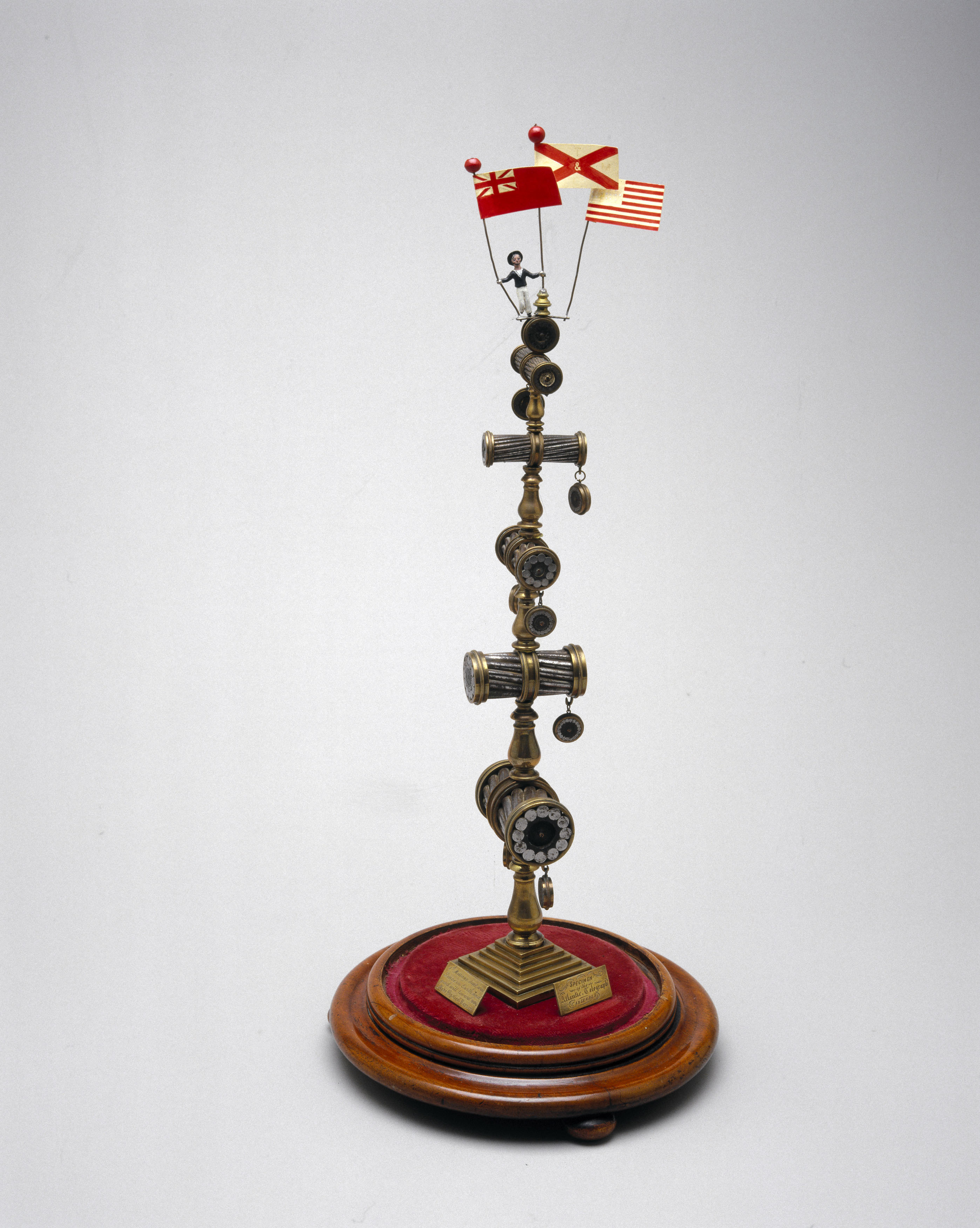
Things changed in the August of 1858, when the first message was sent via a transatlantic telegraph cable, which ran from the east coast of North America to the West Coast of Ireland. Messages could now be sent in a matter of minutes, dramatically changing the history of transatlantic communication.
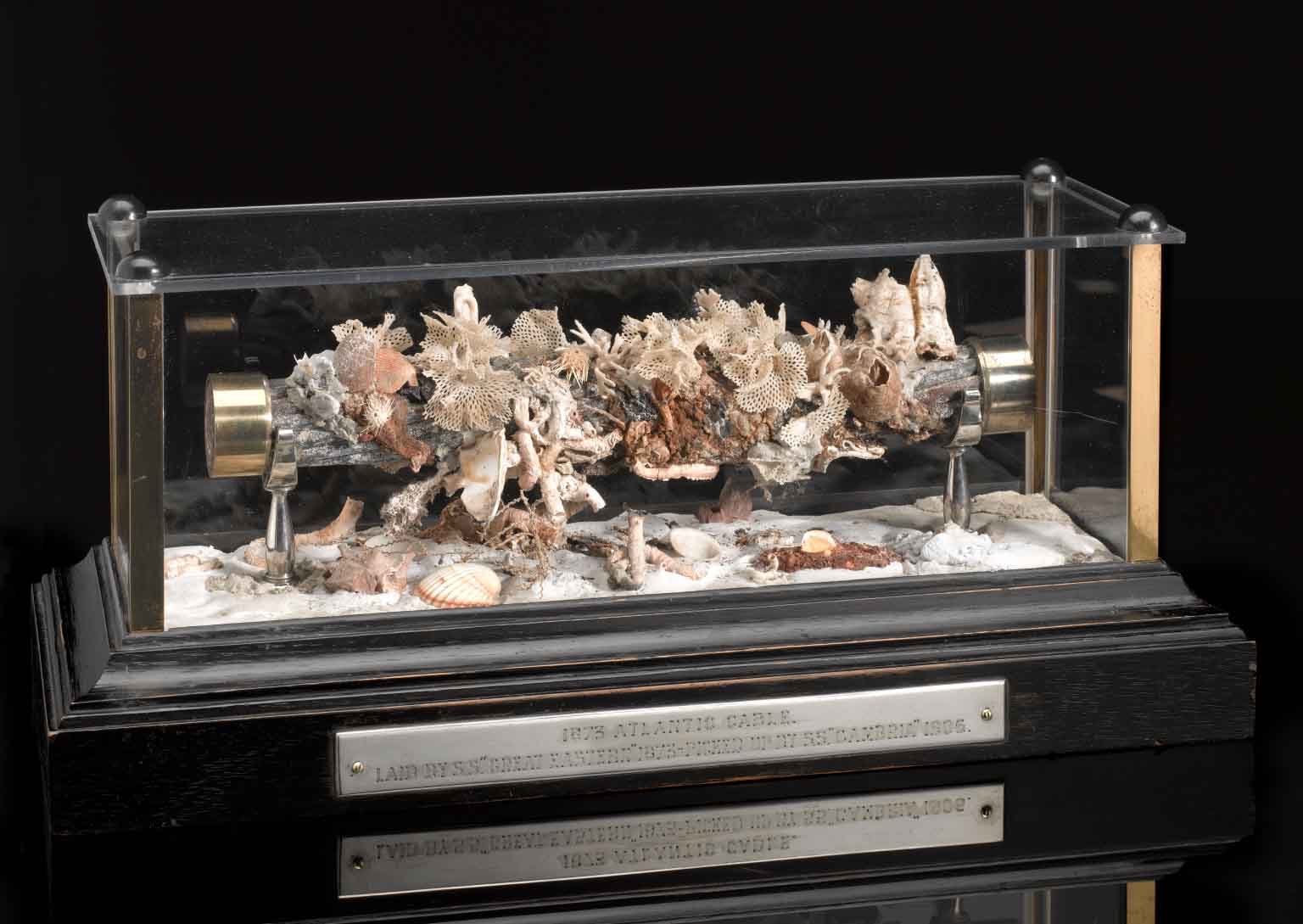
Experimenters had been investigating batteries and electromagnetism to develop a communication system since the early 19th century. The first practical system was executed successfully in the UK by the partnership of Charles Wheatstone and William Cooke. They used an electrical current to deflect magnetic needles which could be made to point to letters on a backboard. By the time of the 1858 transatlantic cable, their system had been developed and widely adopted for railway signalling across Britain.
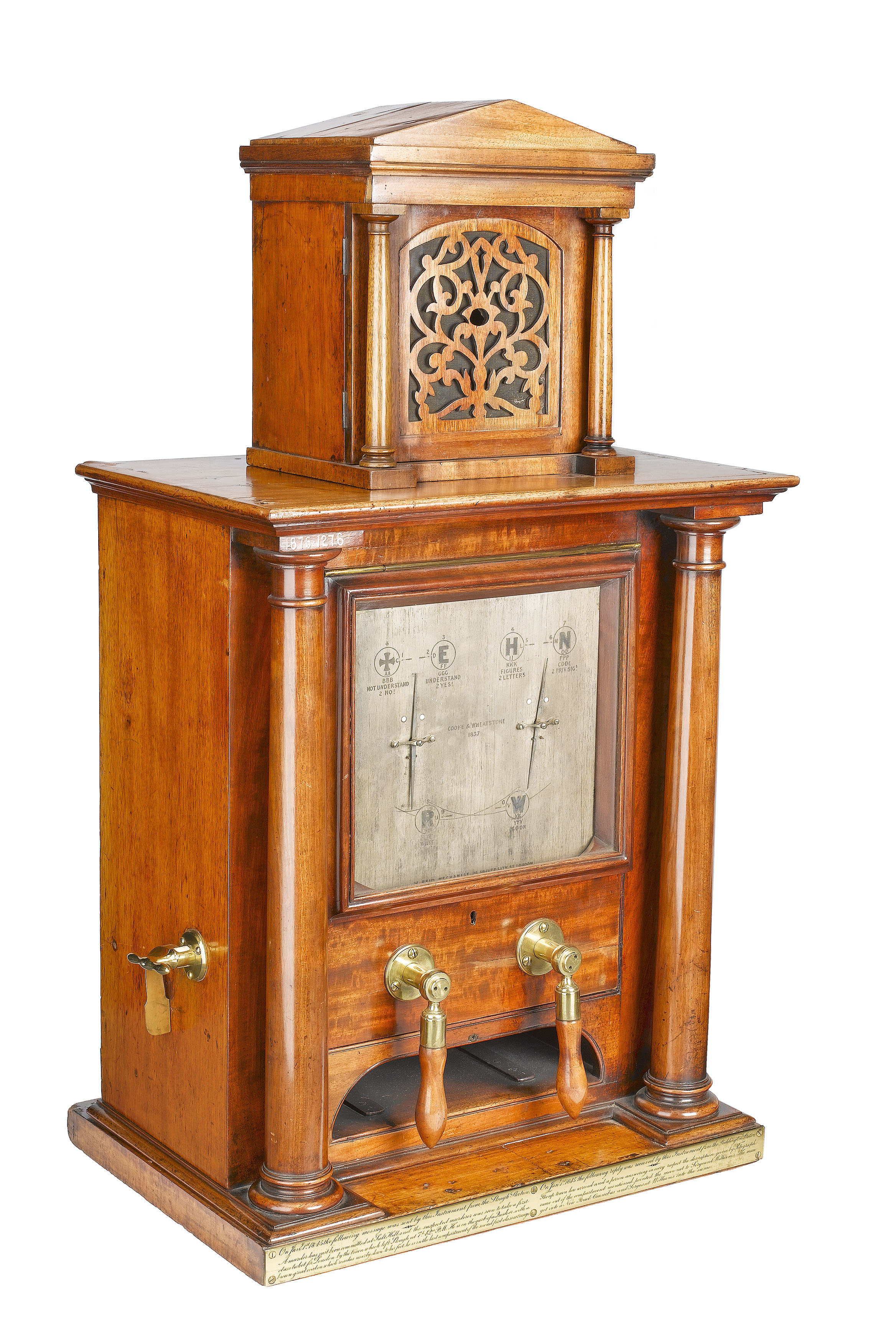
American experimenter Samuel Morse (of Morse code fame), was also working on developing telegraphy. His system used a single circuit to send an electric signal along a wire to a receiver at the other end. Instead of using needles indicating letters of the alphabet, Morse’s system used a code of dots and dashes to spell out words. Morse received funding to use this technology to set up a telegraph system between Washington and Maryland in the USA. The telegraph became an instant success. People relished the ability to send and receive information much more quickly than before, and as a result the telegraph system expanded across America and Europe.
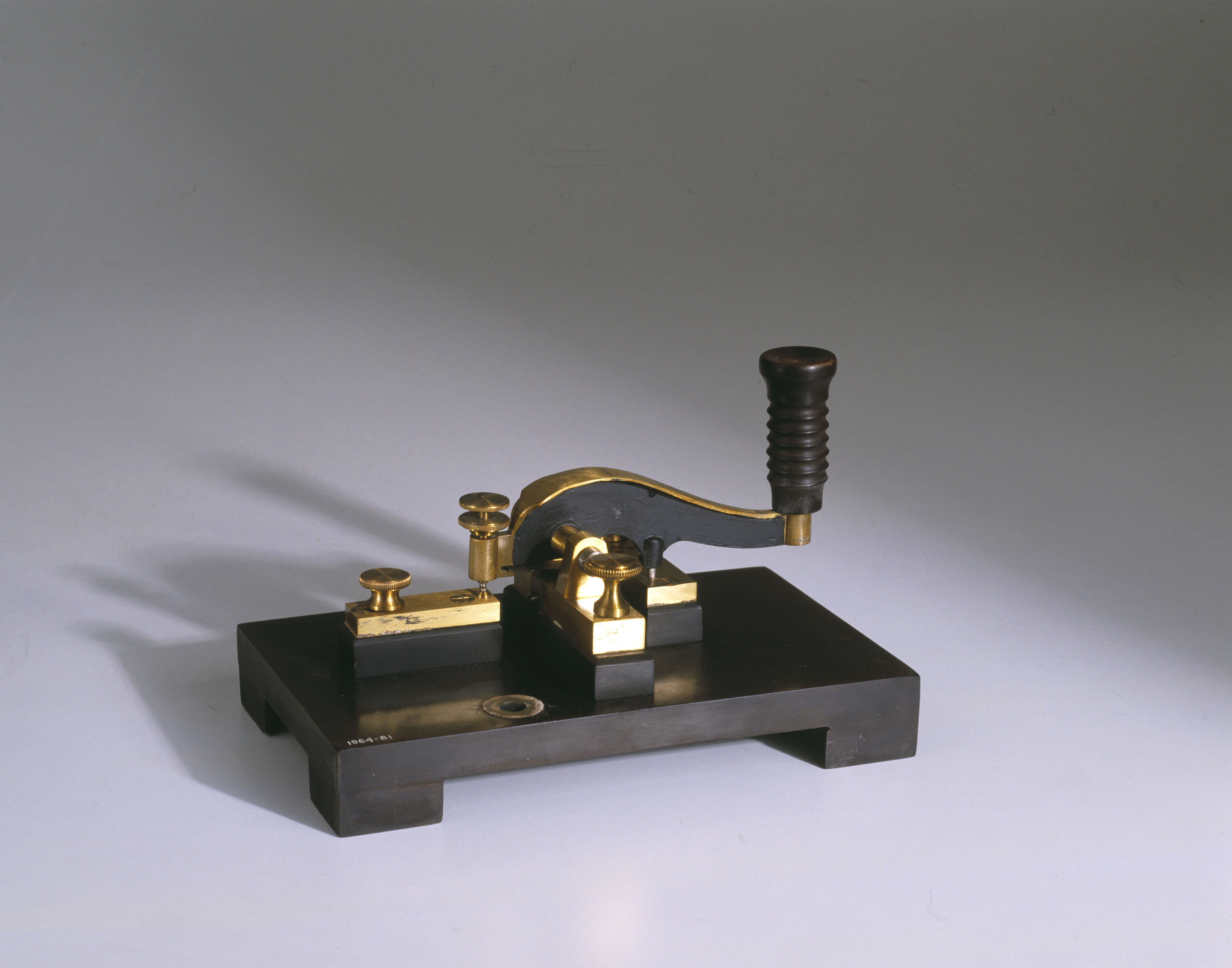
Soon after, in 1856, the Atlantic Telegraph Company was set-up with the objective of laying a cable across the Atlantic Ocean, connecting America with Europe. Luckily, opinions of the technology were high, which meant shares in the company sold quickly. As soon as enough money was raised, the first transatlantic cable, consisting of seven copper wires and recorded as weighing one ton per nautical mile, was laid from America to Ireland.
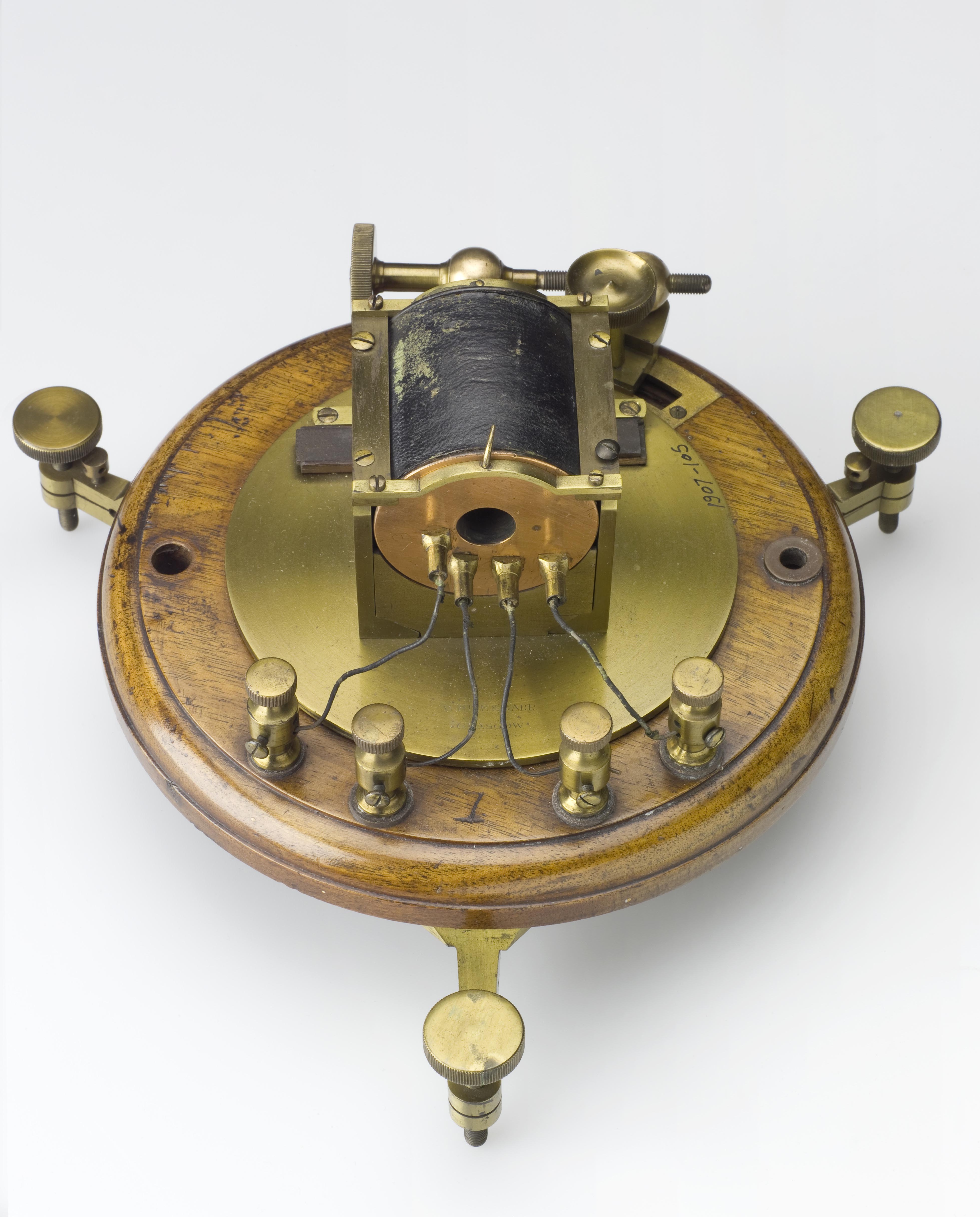
Queen Victoria sent the first official transatlantic telegram. She sent a message to US president James Buchanan congratulating him ‘upon the successful completion of this great international work.’ The message travelled through 2,500 miles of cable and took 16 hours, a dramatic improvement on the 10 days it would have taken beforehand. The same message was repeated back to Valencia in Ireland in only 67 minutes.
Unfortunately, the success enjoyed by this first transatlantic cable did not last. There were problems with the cable, and within a month it had failed completely. However, the desire for speedy transatlantic communication was great enough to attract more funds to try again. A further attempt in 1866 was successful.
The consequence of this new form of communication was huge. By the end of the 19th century, new technologies began to emerge. The telegraph was replaced by telephony and these days we rely on the internet for high speed communication. However, the telegraph was the first technology that allowed us to communicate quickly and reliably over long distances, and acted as a turning point in communication history.
You can explore more about the laying of the first transatlantic cable in our Information Age gallery, which opens on 25 October.